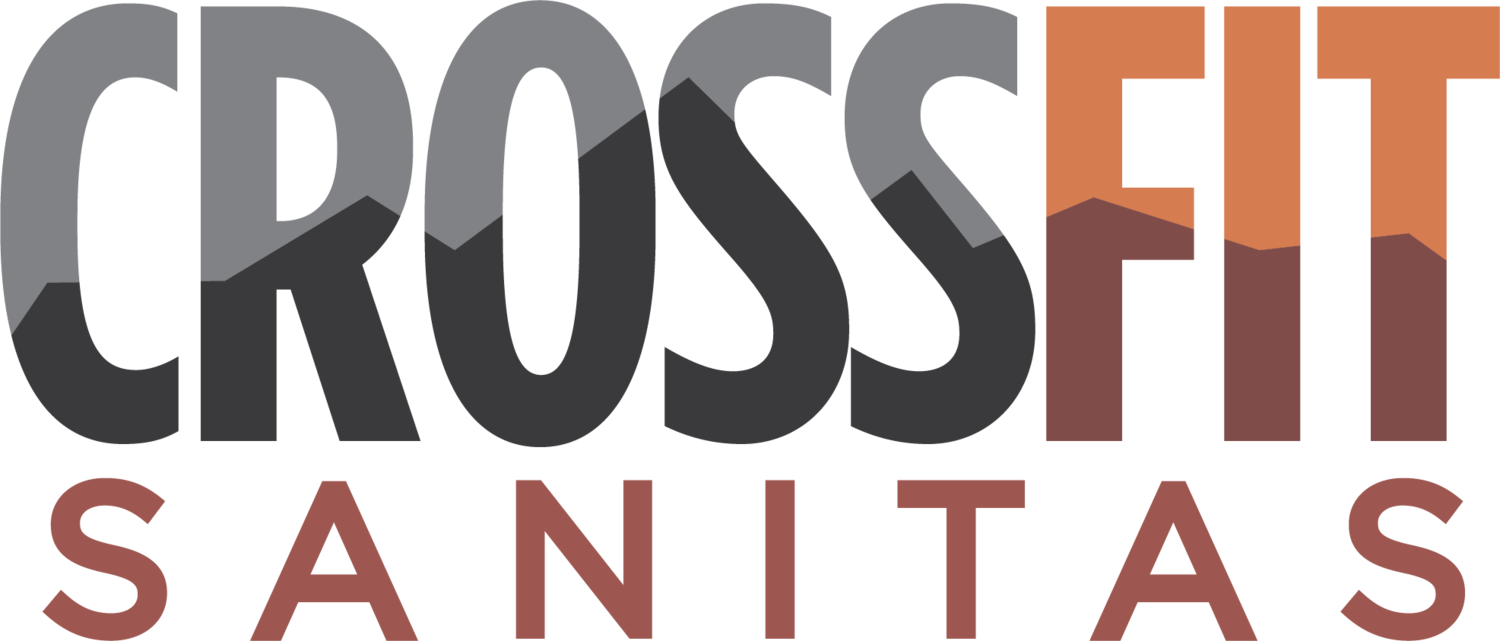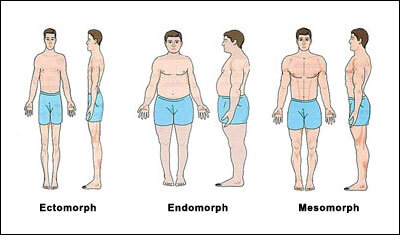How to calculate the right macros for you
Starting to track your macros can be a bit overwhelming at first. How many calories do you need? Which macronutrient ratio is right for you? Will this help me build muscle? Finding the exact right ratio takes time and tweaking, but here's a simple how-to to get you started.
Step 1: Calculate How Many Calories You Need
Before you start calculating your ratio, you'll want to know how many calories you need to sustain your current activity levels. Download this handy macro calculator spreadsheet, then enter your weight, height, age, and activity level to get to the total number of calories you need everyday.
Note: the calculator has a tab for both women and men, so pick the one that applies to you and enter your info there.
Step 2: Find Your Macronutrient Ratio
There's a wide world of thoughts on which macronutrient ratio is best, so we narrowed it down to the three most popular approaches: The Zone Diet, Lean Mass, and Body Type. In your spreadsheet, you'll see options for all three. Select one based on some of the information below and stick with it.
Macros Based on The Zone Diet
A lot of CrossFitters and other athletes follow something close to The Zone Diet: 40% carbs, 30% fat, and 30% protein. A former research scientist, Dr. Sears, first published this diet in his 1995 book, based on several research trials that showed improved athlete performance and body composition.
Macros Based on Lean Mass
Proponents of this approach feel that using your total body weight to calculate your macros isn't as accurate as using your lean body mass (your mass minus your fat). This approach bases your necessary protein intake on that lean mass, and will vary between people as a result. You can find your lean mass with the InBody machine at the front desk.
Macros Based on Body Type
Each body type responds differently to macronutrients, so calculating based on body type can be a great way to find your macros. Keep in mind that most people don't strictly adhere to one body type. You can read more on body type here.
- Ectomorph: Ectomorphs are naturally thin with skinny limbs, a high tolerance for carbohydrates, and a fast metabolic rate. A good starting ratio is 25% protein, 55% carbs and 20% fat.
- Mesomorph: Mesomorphs are naturally muscular and athletic. They have a moderate carb tolerance and metabolic rate. Mesomorphs should start at a 30% protein, 40% carb, 30% fat ratio.
- Endomorph: If you're naturally broad and thick, you're probably an endomorph. Endomorphs have a low carbohydrate tolerance and a slow metabolic rate. If you're an endomorph, try a ratio of 35% protein, 25% carbs and 40% fat.
Photo courtesy of: Precision Nutrition
Step 3: Prep
Once you've decided which macro-calculating approach sounds best to you, use the information in your spreadsheet to begin planning out your meals. Using a scale and measuring cups/spoons will help you stay consistent and make it easier to calculate your calories.
The Calorie Content of Each Macro
1 gram of carbohydrates = 4 calories
1 gram of protein = 4 calories
1 gram of fat = 9 calories
There are many sites where you can find recipes with listed macros. Bodybuilding.com has a ton of great, Paleo-friendly recipes, and if you're partial to your own recipes, Very Well Fit also has a great nutrition calculator.
Step 4: Track it
Our favorite apps to track macros are myfitnesspal and Macrostax, but there are many apps out there if you prefer something else. Try hard to measure and record everything you eat, even if you eat something that isn't explicitly in your macros. If you find that it's taking too much time during the day to stop and record, try taking photos of everything you consume and enter it later.
Things To Keep In Mind
Don’t put your body into starvation mode by under-eating. This will not only throw your hormones out of balance, but it'll also affect your ability to lose weight and put on lean muscle.
Try to make each meal have a good source of protein, carbohydrates, and fat. All calories are not created equal.
EAT ALL YOUR MACROS.
Eat on a consistent schedule. Sounds simple, but it's easy to get swept up in the flow of the day and forget to eat. Highs and lows in your blood sugar can cause stress to your body, leading to inflammation, hormone imbalances, interrupted sleep and more.
Be sure to eat protein and carbs after your workout to aid your recovery.
If you're new any kind of change in your diet, then try to replace simple carbs like bread, pasta and cereal with healthy carbs like starchy fruits, veggies and rice. It's important to get enough carbs so you can recover from your CrossFit workouts.
Give Us a Try!
We value holistic health, and have a lot of resources for our members to get and stay healthy. CrossFit isn’t just fitness, it is a community full of like minded individuals




